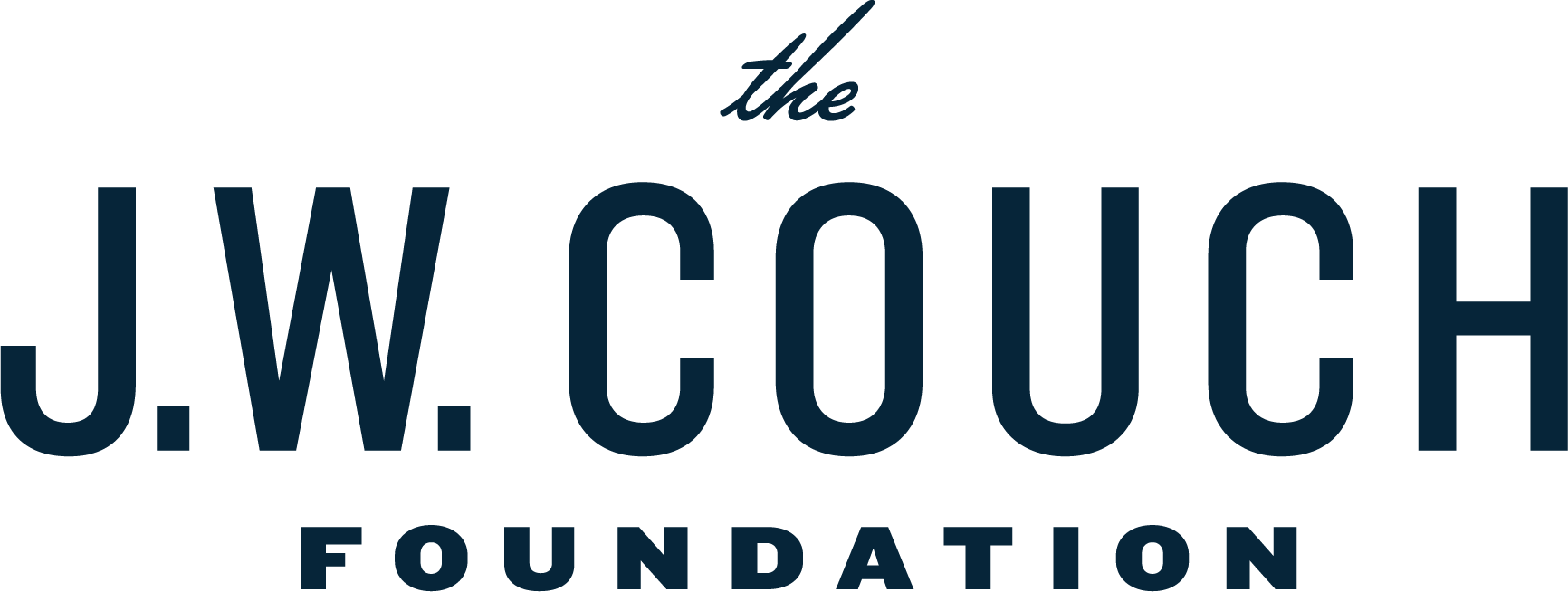The Importance of Collective Impact
As a private foundation, we have more to offer than just grants. We have an opportunity to help communities with an arsenal of resources and a network of like-minded professionals who are passionate about solving the same complex problems. We have to do more than collaborate but create a collective impact for lasting, large-scale change.
The term "collective impact" caught attention in an article published in the Stanford Social Innovation Review in 2011. The authors made a powerful observation:
"The complex nature of social problems belies the idea that any single program or organization, however well managed and funded, can singlehandedly create large scale change." - Fay Hanleybrown, John Kania, and Mark Kramer
Collective impact has been described as "building on the muscle of collaboration" to create an entire community that is intentional about its approach to solving a problem or multiple problems - together. In the non-profit world, private foundations can be the best catalyst for this movement. Too many non-profits are fighting the same battles in silos that prevent change across countries. Private foundations receive countless grant applications from non-profit teams that inform them of the problems communities face and inherently are given access to information that can be invaluable. Foundation leaders must use this knowledge to bridge the gaps and find more ways to create like-minded networks. The most effective approaches include gathering sufficient information to better understand the root causes of issues and involving the affected communities to develop the best solutions.
Foundations that advocate for a collective impact approach will find that a group of organizations may take more calculated risk resulting in more innovative solutions. Below are some pointers that may help more foundations start a collective impact initiative:
1). Include the Communities: Make sure to include those who are impacted the hardest by the problems you are looking to solve together. This will help prevent creating solutions that may not be appropriate or compatible.
2). Create Common Agendas/Goals: Have all non-profit teams commit to a common agenda by creating a document describing what each participant is committing to the initiative. This could be anything from data, resources, experiences, and more.
3). Transparency: Use your collective knowledge to leap forward. Share success and failure stories across the initiative so that you can move ideas, actions, and progress towards a common goal.
4). Be Diverse: Establishing a culture of trust is even more critical when the participants in the initiative are diverse and have different cultural backgrounds.
5). Evaluate Impact: Collective impact is a problem-solving process that requires continuous learning. Establish milestones so that everyone can take time to reflect and adjust when necessary so that positive change can continue.
As we continue to mature at the J.W. Couch Foundation, we are evolving and challenging ourselves to find more ways to help non-profits teams and the communities they serve. The launch of our latest JWC Studios charitable program has serendipitously helped us practice collective impact. We are introducing more non-profit groups to talented marketers who are challenging teams to evaluate their mission, messaging, goals, and more. We are starting to create grass-roots campaigns that will have a far lasting impact than a single grant. This is just the beginning, and we see far more new collective impact initiatives taking shape into the future.



